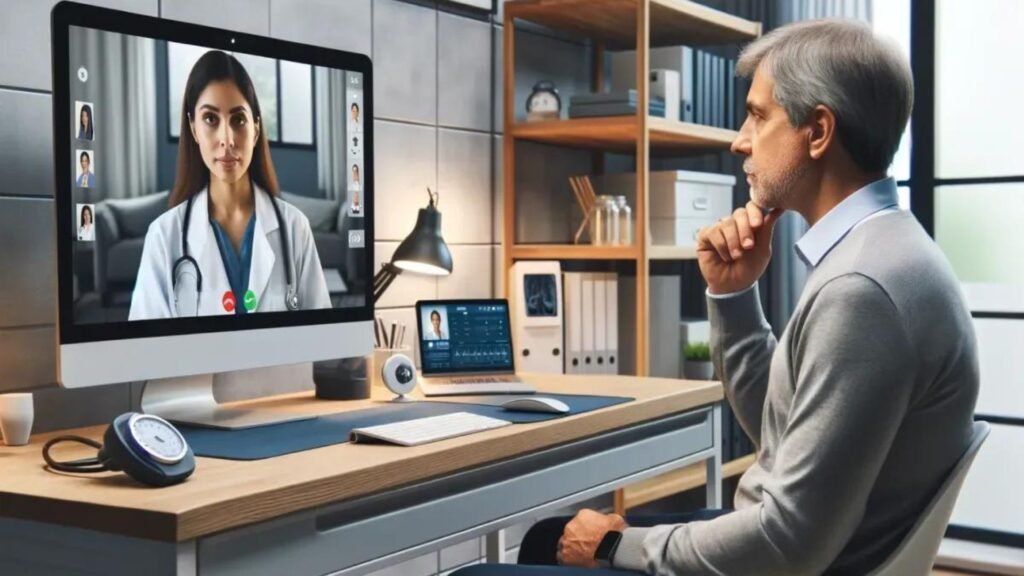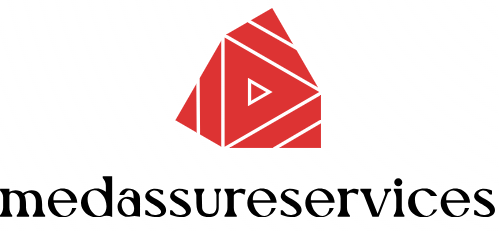Are you curious about the latest healthcare technologies to use? In today’s fast-paced world, technology plays a crucial role in healthcare. It not only enhances patient care but also streamlines operations for healthcare providers. In this article, we’ll discuss some of the top healthcare technologies you should consider incorporating into your practice or daily health management.
Telemedicine: A Convenient Option
One of the most significant healthcare technologies to use is telemedicine. This technology allows patients to consult healthcare providers remotely, using video calls or phone consultations. It has become especially important during the pandemic, as it reduces the need for in-person visits. Telemedicine provides convenience and accessibility, particularly for those in rural areas or with mobility issues. Patients can receive medical advice without the hassle of travel, making healthcare more inclusive.

Electronic Health Records (EHRs)
Another essential healthcare technology to use is Electronic Health Records (EHRs). EHRs digitalize patient information, making it easily accessible to authorized healthcare providers. This technology enhances communication among care teams and reduces the chances of errors in patient records. By using EHRs, providers can track patient history, medications, and allergies more efficiently. This leads to better-informed decisions and improved patient outcomes.
Wearable Health Devices
Wearable health devices are rapidly gaining popularity as a healthcare technology to use. These devices, such as fitness trackers and smartwatches, monitor various health metrics like heart rate, sleep patterns, and physical activity levels. They provide real-time data that can help individuals manage their health more effectively. By keeping track of vital signs, users can make informed decisions about their lifestyle and identify potential health issues early.
Artificial Intelligence (AI)
Artificial Intelligence (AI) is transforming the healthcare landscape in remarkable ways. AI technologies can analyze vast amounts of data quickly and accurately. This capability helps in diagnosing diseases, predicting patient outcomes, and personalizing treatment plans. By integrating AI into healthcare systems, providers can enhance efficiency and improve patient care. AI tools can also assist in administrative tasks, allowing healthcare professionals to focus more on patient interactions.
Health Information Exchange (HIE)
Health Information Exchange (HIE) is another vital healthcare technology to use. HIE allows different healthcare organizations to share patient information securely. This exchange of data improves care coordination, reduces duplicative tests, and enhances overall patient safety. By using HIE, healthcare providers can access complete patient histories, leading to better treatment decisions and continuity of care.
Remote Patient Monitoring (RPM)
Remote Patient Monitoring (RPM) is a game-changer for chronic disease management. This technology enables healthcare providers to monitor patients’ health data from a distance. Patients can use devices to track their blood pressure, glucose levels, or weight, sending this information directly to their healthcare teams. RPM promotes proactive care, as providers can intervene early if they notice any concerning trends in a patient’s health.
Mobile Health Apps
Mobile health apps are an excellent way for individuals to manage their health actively. These apps can help users track their medications, set reminders for doctor appointments, and monitor their fitness goals. Additionally, many apps provide educational resources and support communities, making it easier for users to stay informed and motivated. By leveraging mobile health apps, individuals can take charge of their health more effectively.
Blockchain in Healthcare
Blockchain technology is gaining traction as a secure way to manage health information. This technology ensures data integrity and security, making it difficult for unauthorized parties to access sensitive information. By using blockchain, healthcare organizations can protect patient data and enhance trust in their systems. This technology also enables better tracking of medical supplies and pharmaceuticals, improving overall safety in healthcare.
3D Printing
3D printing is a fascinating healthcare technology to use for creating custom medical devices and prosthetics. This technology allows for personalized solutions tailored to individual patient needs. From producing anatomical models for surgical planning to creating bespoke implants, 3D printing offers significant advancements in patient care and surgical outcomes.
Clinical Decision Support Systems (CDSS)
Clinical Decision Support Systems (CDSS) are essential tools that help healthcare providers make informed decisions. These systems analyze patient data and provide evidence-based recommendations, reducing the risk of errors. By integrating CDSS into healthcare practices, providers can enhance diagnostic accuracy and treatment effectiveness, ultimately leading to better patient care.
Robotics in Surgery
Robotic-assisted surgery is revolutionizing the surgical field. These advanced systems enable surgeons to perform complex procedures with greater precision and minimal invasiveness. As a result, patients often experience shorter recovery times and less pain. Using robotics in surgery exemplifies how technology can improve outcomes and enhance the patient experience.
Patient Portals
Patient portals are online platforms that give patients access to their health information. Through these portals, patients can view lab results, schedule appointments, and communicate with their healthcare providers. This technology empowers patients to take an active role in their health management, promoting engagement and better health outcomes.
Augmented Reality (AR) and Virtual Reality (VR)
AR and VR technologies are making waves in medical training and patient education. These immersive technologies provide realistic simulations for medical professionals to practice procedures without risk to patients. Additionally, they can help educate patients about their conditions and treatment options, making healthcare more accessible.
Conclusion
Incorporating these healthcare technologies to use can significantly enhance patient care and streamline operations within healthcare organizations. By embracing innovation, both providers and patients can benefit from improved access to information, more personalized care, and better health outcomes. As technology continues to advance, it is crucial to stay informed and adapt to the changing landscape of healthcare.




